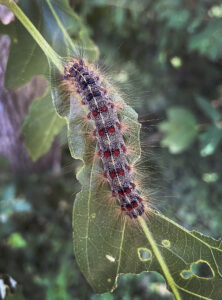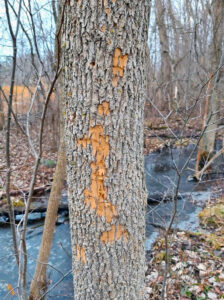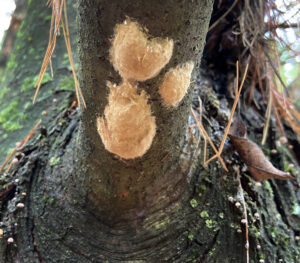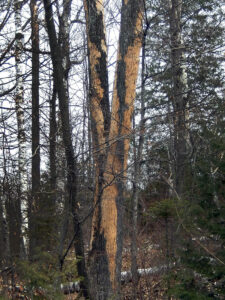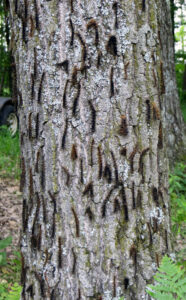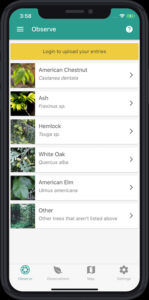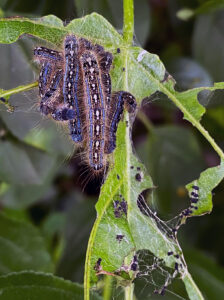
Forest tent caterpillar larvae displaying gregarious behavior and feeding on a tree leaf. / Photo Credit: Paul Cigan, Wisconsin DNR
By Paul Cigan, Wisconsin DNR Forest Health Specialist
Paul.Cigan@wisconsin.gov or 715-416-4920
Forest tent caterpillar (FTC) populations do not appear to be making a significant return this growing season.
Spring egg mass surveys indicate that populations continue to remain low, continuing the longest documented interphase between outbreaks on state record, at 22 years and counting. The interphase provides some relief for the health of aspen stands recovering from several consecutive years of recent spongy moth defoliation.
Continue reading “Forest Tent Caterpillar Outlook Stays Low”


